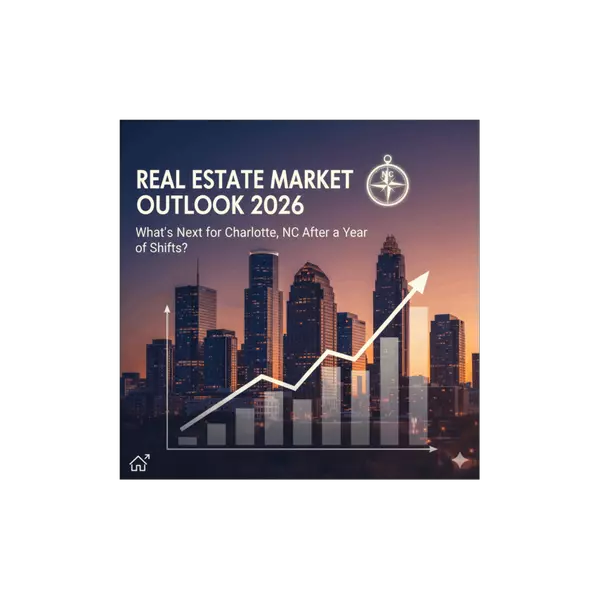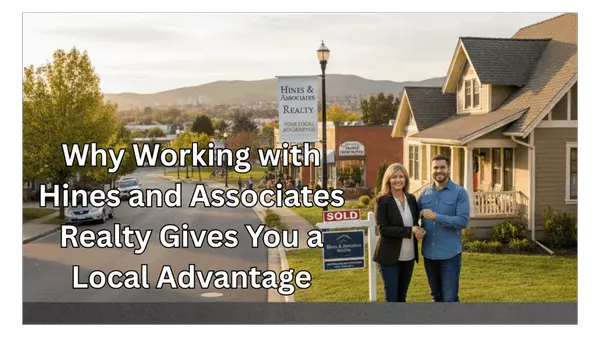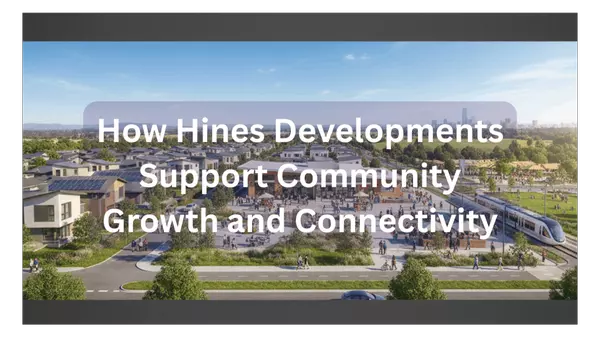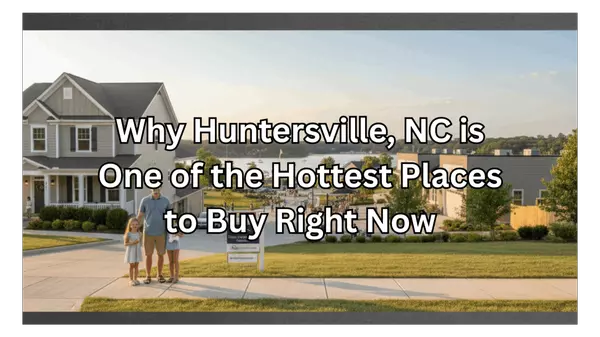How Hines Developments Support Community Growth and Connectivity
Introduction
In today’s rapidly evolving urban landscape, the role of real estate developers extends beyond constructing buildings. The most impactful developments are those that foster community growth, encourage connectivity, and enhance quality of life for residents, businesses, and visitors alike. Hines, a global leader in real estate investment and development, has consistently proven that thoughtfully designed spaces can transform not just skylines, but also the very fabric of the communities they serve.
From residential projects to commercial complexes and mixed-use developments, Hines has made community growth and connectivity a cornerstone of its strategy. This blog explores how Hines developments go beyond bricks and mortar to create thriving, interconnected environments that benefit everyone.
1. Building More Than Structures: The Vision of Hines
At the core of Hines’ philosophy is the idea that real estate should serve people first. Instead of focusing solely on profitability or architectural grandeur, Hines developments are designed to meet the needs of diverse communities.
By considering factors such as walkability, accessibility, sustainability, and inclusivity, Hines developments create spaces where people can live, work, and socialize seamlessly. This people-first approach is what makes their projects stand out in cities around the world.
2. Encouraging Social Interaction Through Thoughtful Design
One of the key ways Hines supports community growth is by designing spaces that foster interaction. Public plazas, green courtyards, and shared amenities encourage residents and visitors to connect with one another.
For example:
-
Residential projects often include community lounges, rooftop gardens, and fitness centers that serve as hubs for interaction.
-
Mixed-use developments bring together shops, cafes, offices, and homes, ensuring people cross paths naturally in their daily lives.
-
Open, pedestrian-friendly layouts promote walking and spontaneous encounters, which build a sense of belonging.
These intentional design choices transform buildings from being isolated structures into vibrant social ecosystems.
3. Enhancing Urban Connectivity
Connectivity in today’s world is more than just having access to Wi-Fi—it’s about creating seamless connections between people, places, and opportunities. Hines developments prioritize this by:
-
Strategic locations near transportation hubs, ensuring easy access to city centers and surrounding areas.
-
Transit-oriented development that encourages reduced dependence on cars and promotes sustainable mobility options.
-
Integrated amenities so that residents and employees have everything they need—shopping, dining, entertainment—within walking distance.
This accessibility not only makes life more convenient but also reduces commute times, increases productivity, and supports healthier lifestyles.
4. Prioritizing Green and Open Spaces
Healthy communities thrive in environments where nature is accessible. Hines integrates parks, walking trails, and landscaped gardens into many of its projects, offering residents and employees more than just concrete surroundings.
These green spaces:
-
Promote mental and physical well-being.
-
Create opportunities for outdoor recreation and family activities.
-
Act as gathering points for cultural and community events.
By balancing modern infrastructure with natural elements, Hines developments provide communities with places to relax, recharge, and reconnect with nature.
5. Driving Economic Growth Through Development
Community growth is not only about social well-being but also about creating economic opportunities. Hines developments stimulate local economies by:
-
Attracting businesses: Commercial projects create hubs where startups, small businesses, and global corporations can flourish.
-
Job creation: From construction to long-term operations, every Hines project generates employment opportunities.
-
Increasing property values: Thoughtful developments often raise the desirability of neighborhoods, benefiting homeowners and local governments alike.
This cycle of economic growth supports thriving communities and reinforces the value of investing in sustainable development.
6. Commitment to Sustainability and Resilience
Sustainability is not an afterthought for Hines—it is a core principle. By incorporating energy-efficient technologies, renewable energy sources, and environmentally responsible building practices, Hines developments ensure long-term community resilience.
Examples include:
-
LEED-certified buildings that reduce environmental footprints.
-
Smart infrastructure that adapts to evolving needs, such as renewable energy grids and water conservation systems.
-
Climate-resilient design to protect communities against extreme weather events.
This focus not only benefits current residents but also safeguards the future for generations to come.
7. Creating Inclusive and Diverse Communities
True community growth comes from inclusivity. Hines recognizes that thriving communities must reflect the diversity of the people who live and work in them. Developments are often designed with a wide range of housing options, catering to different income levels, family structures, and lifestyles.
By combining affordable housing with luxury residences and integrating amenities accessible to all, Hines developments create balanced communities where everyone feels welcome.
8. The Role of Mixed-Use Developments in Connectivity
Mixed-use projects are one of Hines’ strongest contributions to urban development. By combining residential, commercial, cultural, and recreational elements in a single space, these projects reduce fragmentation and create holistic communities.
Benefits of mixed-use developments include:
-
Reduced reliance on long commutes.
-
Increased opportunities for social and professional networking.
-
Vibrant, 24/7 activity that keeps neighborhoods alive and dynamic.
These projects embody the very essence of connectivity by blurring the boundaries between where people live, work, and play.
9. Real-World Examples of Hines Community Impact
Across the globe, Hines developments have reshaped communities for the better. For instance:
-
Hudson Yards (New York City): A massive mixed-use development that integrates luxury residences, office spaces, cultural institutions, and public areas. It has become one of the most vibrant hubs in Manhattan.
-
Wolf Point East (Chicago): A residential project designed with connectivity and community amenities at its core, offering residents not just homes, but lifestyles.
-
T3 Projects (Multiple U.S. Cities): Timber-built office spaces that blend sustainability, design innovation, and connectivity for modern businesses.
These examples highlight how Hines delivers projects that align with local needs while setting global standards for excellence.
10. The Future of Hines and Community Growth
As urban areas continue to expand, the importance of connectivity and community-driven development will only grow. Hines is leading the charge by:
-
Exploring smart city technologies.
-
Expanding sustainable building practices.
-
Innovating in housing affordability and accessibility.
-
Partnering with local governments, businesses, and residents to design developments that reflect community aspirations.
With this forward-thinking mindset, Hines is not just shaping cities—it’s shaping the way people experience and interact with them.
Conclusion
Hines developments are proof that real estate can be a catalyst for more than just economic growth. By prioritizing thoughtful design, inclusivity, sustainability, and connectivity, Hines creates spaces where communities flourish. These projects don’t simply build physical structures—they build bonds, foster interactions, and strengthen the social and economic fabric of entire neighborhoods.
In a world where community and connection are more important than ever, Hines developments stand as a model for how urban growth can be both innovative and deeply human-centered.
Categories
Recent Posts











